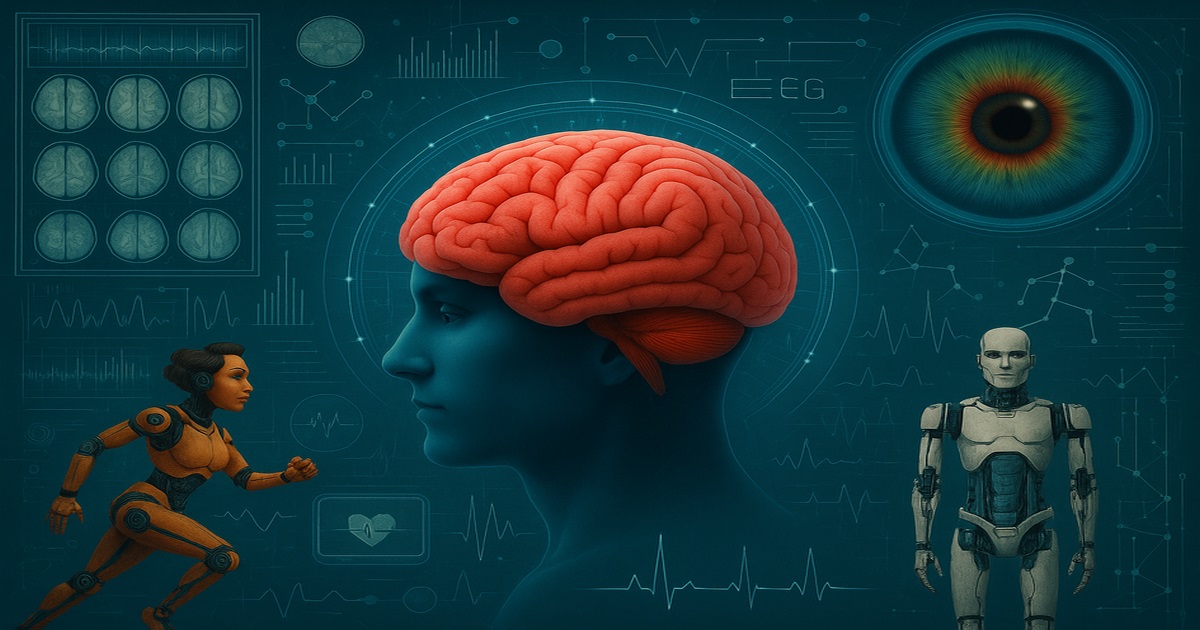Technological Advances in Neurorehabilitation
A special issue of Bioengineering (ISSN 2306-5354). This special issue belongs to the section "Biomedical Engineering and Biomaterials".
Deadline for manuscript submissions: 31 March 2026 | Viewed by 430

Special Issue Editors
Interests: motor control; motor learning; stroke; brachial plexus injury
Special Issue Information
Dear Colleagues,
Advancements in technology have introduced a wealth of innovative tools for rehabilitation, clinical assessment, and assistive devices, offering new opportunities for persons with neurological conditions such as stroke or Parkinson’s disease, as well as for children at risk of cerebral palsy, among others. This Special Issue is dedicated to highlighting the latest breakthroughs in these areas and promoting fresh, interdisciplinary solutions to address the ongoing challenges in neurological rehabilitation.
Our goal is to stimulate rich discussion and encourage contributions from diverse research communities. By showcasing cutting-edge methodologies and experimental validations, we aim to drive forward meaningful improvements in quality of care and rehabilitation outcomes for affected individuals.
We invite original research, including experimental studies and proof of concept papers for novel technological innovations, related to, but not restricted to, the following topics:
- Advanced Assessment Techniques
The development and application of state-of-the-art technologies such as neuroimaging, bio-sensors, and wearable devices for precise, non-invasive assessments of neurological function. - Assistive and Rehabilitation Robotics
Design, implementation, and clinical use of robotic systems aimed at motor and cognitive rehabilitation, including exoskeletons, assistive devices, and virtual reality platforms. - Neuro-modulation Techniques
Exploration of non-invasive and minimally invasive therapies, such as transcranial magnetic stimulation (TMS), transcranial direct current stimulation (tDCS), transcutaneous spinal cord stimulation (tSCS), and deep brain stimulation (DBS) to enhance neurological recovery. - Artificial Intelligence and Machine Learning
Leveraging AI and machine learning to support personalized diagnosis, treatment planning, and rehabilitation outcome prediction.
We are excited to receive your contributions and look forward to fostering a dynamic exchange of ideas that will shape the future of neurological rehabilitation and assistive technologies.
Dr. Susan V. Duff
Dr. Andria J. Farrens
Guest Editors
Manuscript Submission Information
Manuscripts should be submitted online at www.mdpi.com by registering and logging in to this website. Once you are registered, click here to go to the submission form. Manuscripts can be submitted until the deadline. All submissions that pass pre-check are peer-reviewed. Accepted papers will be published continuously in the journal (as soon as accepted) and will be listed together on the special issue website. Research articles, review articles as well as short communications are invited. For planned papers, a title and short abstract (about 250 words) can be sent to the Editorial Office for assessment.
Submitted manuscripts should not have been published previously, nor be under consideration for publication elsewhere (except conference proceedings papers). All manuscripts are thoroughly refereed through a single-blind peer-review process. A guide for authors and other relevant information for submission of manuscripts is available on the Instructions for Authors page. Bioengineering is an international peer-reviewed open access monthly journal published by MDPI.
Please visit the Instructions for Authors page before submitting a manuscript. The Article Processing Charge (APC) for publication in this open access journal is 2700 CHF (Swiss Francs). Submitted papers should be well formatted and use good English. Authors may use MDPI's English editing service prior to publication or during author revisions.
Keywords
- assistive technology
- neuroimaging
- neurorehabilitation
- robotics
- wearables
Benefits of Publishing in a Special Issue
- Ease of navigation: Grouping papers by topic helps scholars navigate broad scope journals more efficiently.
- Greater discoverability: Special Issues support the reach and impact of scientific research. Articles in Special Issues are more discoverable and cited more frequently.
- Expansion of research network: Special Issues facilitate connections among authors, fostering scientific collaborations.
- External promotion: Articles in Special Issues are often promoted through the journal's social media, increasing their visibility.
- Reprint: MDPI Books provides the opportunity to republish successful Special Issues in book format, both online and in print.
Further information on MDPI's Special Issue policies can be found here.







